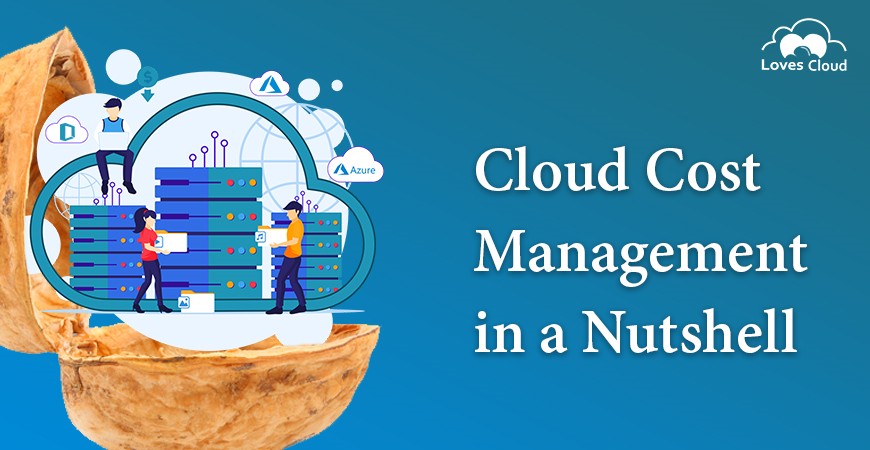
Cloud Cost Management in a Nutshell
Cloud cost management is itself a strategic and complex objective for most teams and executives. If your company is thinking about it, you are already on the path of better cloud management and you can ace it if you follow some simple practices.
Here is a blog to understand how you can start with the multiple factors that are having implications on cloud cost management for your organization.
Managing Cost for you cloud workloads
Following are some of the key checkpoints that will help you optimize cloud cost, continuously:
- Rightsizing of instances: Rightsizing the instances and using only what you need can save loads on your cloud spend. You need to study your usage and sit with your team to understand, monitor, and decide what kind of CPU, network and memory, etc. you need.
- Well architected practices: Azure have implemented a “Well architected Framework” that explains the multiple parameters that decide how well architected is your cloud and also ensure that you not only save or optimize your resources but helps you save on your cloud spend.
- Bifurcation of billing: You can break down the billing to cloud, account, instance, or region level to see what all factors are impacting your billing.
- Service control: You need to put restrictions on how the services are being utilized in the cloud. You must restrict your resources to those who have to use them while other time members should not be able to modify them. This will control the wastage on your cloud resources as well as cloud spend.
- Optimize the usage: After restricting the resources, you must gradually work towards optimization of the usage of the resources.
- Pricing: Cloud providers also provide different types of pricing models for services to help you use what you need and save on the availability of resources.
- Native tools: Cloud providers also provide some native tools to help you manage your cloud spend. You can look for resources to enhance your skills on those tools and use them more often in your internal processes so that your team is making the best use of all the provisions that the cloud providers are sharing by themselves.
- Decide what is usage and wastage: You must sit with your team to decide on what is the usage and what is wastage and look into the history of utilization to refactor your way forward on the cloud.
- 3rd party tools: There are many cloud management tools available in the market, and we are also providing – PowerBoard for Azure. PowerBoard can help you and your teams manage your cloud cost continuously and proactively. PowerBoard helps you to reduce your total cost of ownership and increase return on investment for cloud computing.
- Recommendations from Cloud providers: Cloud providers also have services to share recommendations with you for your usages and how you can optimize. You can utilize the services to take advantage of how cloud providers are helping you enforce standards.
Bonus:
Watch what cloud solution architects have to say about cloud cost management:
Reach out to us at powerboard@loves.cloud to know more about our cloud management platform, PowerBoard, for Azure cloud management. For more information, please visit https://loves.cloud/powerboard/

